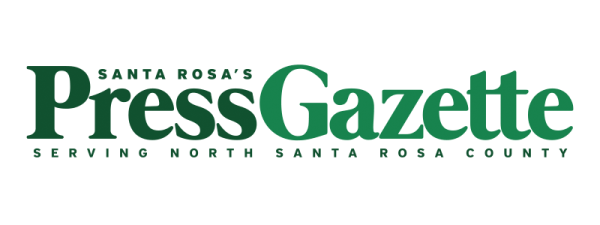Stories by Riley Hansen
Stories by Riley Hansen
Support for former missing autistic teen pours in
Khrysti Jenkins has seen an incredible outpouring of support in Crestview and beyond since her son went missing on May 6.
Aiden Howey, who is a 14-year-old with autism, has a tendency to wander away from his home, and from May 6 to May 7, he was missing for 22 hours.
Man falls through ceiling in Milton home
Paper shortages causing issues across the board
Shortages on items have not let up since the beginning of the pandemic.
The newest subject is any manner of paper products—from copy paper to napkins—and the issue is affecting the local area.
Transit options available in Santa Rosa county
Santa Rosa County may not have a typical public transit system, but the county does offer options for those who need it.
The para transit system operates for those who may not have access to their own transportation.
Oceans of possibilities available at county libraries this summer
The Santa Rosa County library system is offering lots of ways to keep children involved in reading this summer.
Their “Oceans of Possibilities” summer reading program kicks off on June 6 and runs until July 16, but registration opens May 26.
Reach up, reach out, reach in
Ferris Hill Baptist Church got it’s start as a church plant, and decades later they are making their name as a leader in the community.
Pastor Zach Johnson leads the church and the multitude of ministries that aim to reach out to the local area.
Fentanyl Awareness Day alerts to issue in SRC
National Fentanyl Awareness Day seeks to bring attention to a prevalent drug issue, one that affects Santa Rosa County residents.
According to a press release from Attorney General Ashely Moody, over 105,000 Americans died of a drug overdose in the span of a year, and more than 66% of those deaths were related to synthetic opioids such as fentanyl.
Oyster farms are booming business
Driving over the Garcon Point Bridge between Navarre and Milton, one might notice some floating objects in East Bay, heralded by an American flag and the Florida state flag.
Those objects in the water are not traps—they are oyster farms, put there by Emerald Tides Oyster Company. On the other side, Brandon Smith’s Grayson Bay Oyster Company has their own farms in Escambia Bay.
Ridge changes policy after violence
The Ridge movie theater is changing its policies following a violent incident on Saturday, May 7.
The confrontation, which involved two teenagers, a male and a female, was the breaking point for the theater after dealing with strings of unsupervised groups of teens.
Support local and distant missions at The Shoppe
A store in Milton’s historical district funds charities here in Santa Rosa County and abroad. The Shoppe, a ministry from St. Mary’s Episcopal Church, has served the area for almost 10 years.
The Shoppe is completely volunteer-run. Ann Odom heads up the project, but other volunteers, such as Jim Johnson and Dee Bryan, help her run the day-to-day operations.
















